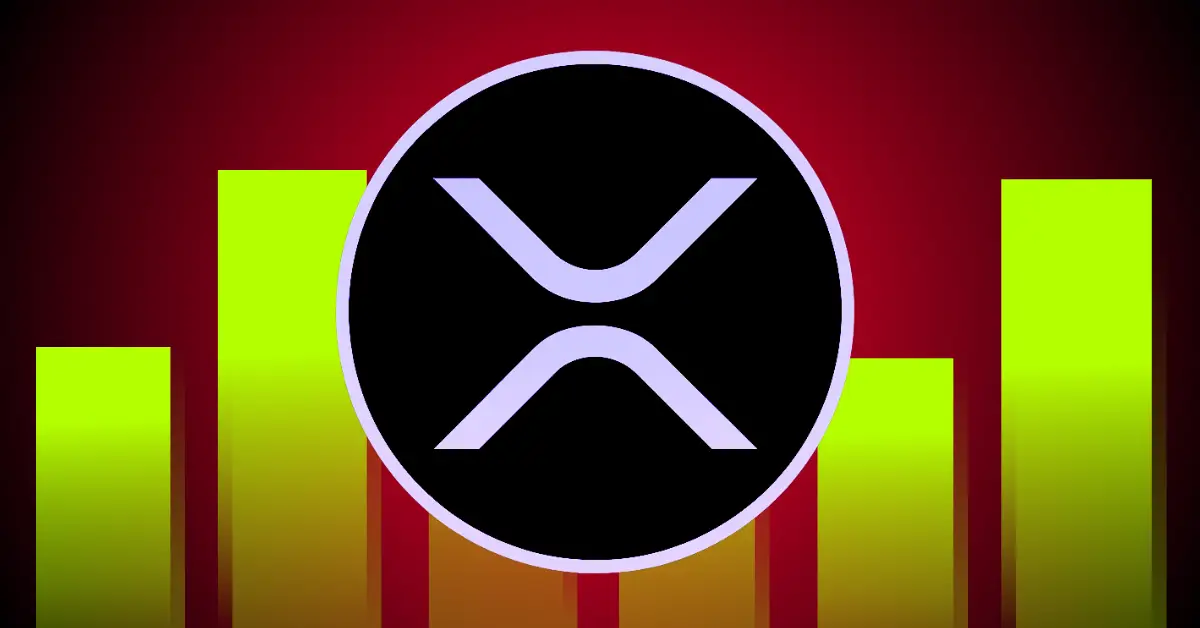The Battle for Global Payments: Can Ripple’s XRP Dethrone SWIFT?
The Current State of Cross-Border Payments
The global financial system is a complex web of transactions, with cross-border payments forming a critical backbone. Today, the Society for Worldwide Interbank Financial Telecommunication (SWIFT) dominates this space, processing trillions of dollars daily. However, SWIFT’s infrastructure is showing its age, plagued by inefficiencies that have created an opening for disruption. High costs, slow processing times, lack of transparency, and geopolitical vulnerabilities have made SWIFT a prime target for innovation.
Enter Ripple and its native digital asset, XRP. Ripple’s ambitious vision is to revolutionize cross-border payments by leveraging blockchain technology. The company aims to capture a significant portion of SWIFT’s transaction volume, potentially up to 20%, which would translate to a staggering $21 trillion flowing through the XRP Ledger (XRPL) annually. This goal is not just about market share; it’s about redefining the future of global finance.
The Ripple Effect: How XRP Challenges SWIFT
XRP is designed to address the shortcomings of traditional payment systems. Unlike Bitcoin, which relies on a decentralized proof-of-work consensus mechanism, XRP uses a more centralized and energy-efficient consensus protocol. This design allows for faster and more cost-effective transactions, making XRP an attractive option for financial institutions.
Ripple’s strategy involves replacing the complex network of correspondent banks with a streamlined system powered by XRP. By eliminating intermediaries, XRP can significantly reduce the cost and time associated with cross-border payments. Transactions on the XRP Ledger typically settle in seconds, compared to the days it can take for SWIFT payments. This speed and efficiency are crucial in today’s fast-paced global economy.
The Path to $21 Trillion: Challenges and Opportunities
Achieving a 20% market share in SWIFT’s transaction volume is no small feat. Ripple faces several challenges, including regulatory uncertainty, competition, and the need for widespread institutional adoption. The regulatory landscape for cryptocurrencies is still evolving, and clear, consistent regulations are essential for fostering trust and adoption.
However, Ripple has made significant strides in building a network of financial institutions that utilize XRP for cross-border payments. The company has partnered with banks, payment providers, and other financial institutions around the world. These partnerships provide a foundation for future growth and demonstrate the potential of XRP to disrupt the status quo.
The Role of Innovation and Partnerships
Ripple’s success will depend on its ability to innovate and adapt to the changing financial landscape. The company’s recent foray into the stablecoin market with RLUSD, a stablecoin pegged to the US dollar, could significantly fuel XRPL growth. The combination of XRP’s deflationary mechanism, where small amounts are burned with each transaction, and the utility of a stablecoin on the ledger, could create a powerful economic engine.
Moreover, Ripple’s partnerships with financial institutions are crucial for achieving widespread adoption. These partnerships not only provide a platform for XRP to demonstrate its capabilities but also help build trust in the technology. As more institutions adopt XRP, the network effect will drive further adoption and usage.
The Future of Finance: A Ripple-Centric Vision
If Ripple succeeds in capturing a significant portion of SWIFT’s transaction volume, the implications for XRP and the broader financial industry would be profound. Increased demand for XRP would likely lead to a significant increase in its price, enhancing liquidity and making it easier for institutions to buy and sell.
Ripple’s success could also pave the way for greater mainstream adoption of cryptocurrencies and blockchain technology. This could lead to a disruption of the financial industry, resulting in greater efficiency and lower costs for consumers and businesses. The rise of decentralized finance (DeFi) could empower individuals and businesses with greater control over their finances, marking a significant shift in the financial landscape.
Conclusion: The Battle for the Future of Finance
Ripple’s ambitious goal of capturing 20% of SWIFT’s transaction volume is a testament to the transformative potential of blockchain technology in the financial industry. While the path to achieving this goal is fraught with challenges, Ripple’s efforts are driving innovation and challenging the status quo. Even capturing a smaller percentage of the market would represent a significant victory for Ripple and XRP, and a major step forward in the evolution of global payments.
The future of finance is being written now, and Ripple is determined to be a leading author. The dream of a faster, cheaper, and more transparent global financial system, once a distant aspiration, is edging closer to reality, powered by the ambition and technology of companies like Ripple. The battle for the future of finance is on, and Ripple’s XRP is at the forefront of this revolution.











